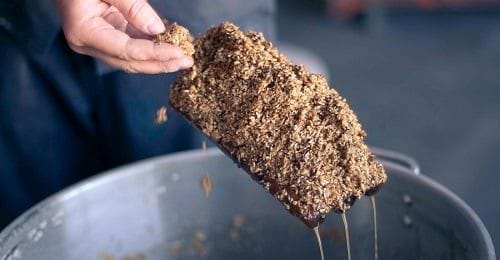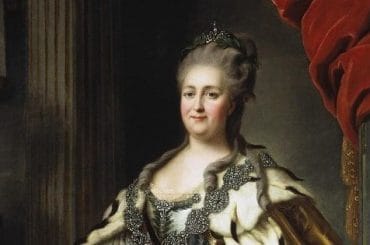This post is also available in:
Español
Português
Although the origin of these names is not known with absolute certainty, one of the most common explanations for the terms Dubbel, Tripel, and Quadrupel relates to how alcoholic beverages were historically identified.

When most of the population was illiterate, the easiest way to indicate the alcohol level of a beverage was with a certain number of “X”s.
One “X” would have been used for the lightest alcohol content, “XX,” “XXX,” and “XXXX” successively for stronger versions.
Thus, one “X” indicated a low-alcohol beverage, “XX” a beverage with double the alcohol, “XXX” a triple alcohol content, and “XXXX” a quadruple alcohol content.
Contenido
MBAA Theory
The MBAA (Master Brewers Association of the Americas) offers a more technical theory for this case, suggesting that these beers may have gotten their names based on a mashing technique called parti-gyle.

With this technique, a first wort is extracted with a fermentable sugar content of approximately 22.5%.
The second extraction will be less strong, around 15%, while the final rinse would end with a sugar content of about 7.5%.
Now, in reverse, worts with sugar proportions of 2X and 3X relative to the first can be obtained.
Essentially, three beers of three different strengths could be produced from the same wort.
Although this technique is almost obsolete, this system could be a good historical explanation for how these styles got their names.
Westmalle Origin Theory
A third theory states that the origin of these names is due to the naming used by the Westmalle monastery, which until 1856 only produced one beer.

From that year on, they began to produce a second beer, which they identified as Dubbel, and then in 1956 a third, which they called Tripel.
Each beer was significantly stronger in alcohol and flavor than the previous one, and from here, these names would have become popular worldwide.
Later, the Koningshoeven brewery (La Trappe) in the Netherlands produced an even stronger beer, which they called Quadrupel, giving rise to this designation that encompasses monastery-style beers of 10, 12, or even 14% ABV.
Reference to Beer Styles
As a reference (BJCP), here are some of the characteristics we can find in each style.
Dubbel
ABV: 6 – 7.6. IBU: 15 – 25. SRM: 10 – 17. Dark amber, copper color, clear, with a voluminous, creamy, whitish, and long-lasting foam. Malty aromas and flavors, with chocolate, caramel, and/or toasted notes, moderate fruity esters, and a soft alcohol presence.
Tripel
ABV: 7.5 – 9.5. IBU: 20 – 40. SRM: 4.5 – 7. Deep yellow/golden color, clear and effervescent, with a long-lasting, creamy, and white foam. Spicy aromas and flavors, with fruity and alcoholic notes, a citrus character, and medium-high bitterness.
Quadrupel (Belgian Dark Strong Ale)
ABV: 8 – 11. IBU: 20 – 35. SRM: 12 – 22. Deep amber/copper color, with a large, creamy, and persistent foam. Complex aromas and flavors, with malt, significant esters, and alcohol, a soft spicy character, and low bitterness.
Relevant Aspects
It is important to highlight the role that ingredients and brewing processes play in defining the Dubbel, Tripel, and Quadrupel styles.
The selection of malts, yeasts, and hops is crucial to achieving the unique characteristics of each style.
1. Ingredients
The malts used in brewing these beers are typically Pilsen, Munich, and Caramel, which provide the distinctive flavors and colors.
Belgian yeasts, known for their ability to produce esters and phenols, are essential for the fruity and spicy aromas. Hops, although less prominent than in other styles, contribute to balance and bitterness.

2. Brewing
The parti-gyle technique, although historically relevant, has been replaced in many breweries by more modern methods that allow greater control over wort density and final alcohol content.
3. Historical Context
Trappist beers have a rich history linked to Belgian and Dutch monasteries, which have not only preserved brewing traditions but also innovated and adapted their recipes over the centuries.
Beer production in monasteries was closely tied to monastic life, serving as a source of sustenance and a form of hospitality for pilgrims.
4. Impact on the Modern Industry
These Belgian styles have significantly influenced the modern brewing industry, with many breweries around the world adopting and adapting these styles, creating versions that respect traditions while incorporating local ingredients and techniques.
We recommend
- Karin Bojs: “Humans Invented Agriculture to Make Beer”
- Christmas Beers: History, Origins, and Characteristics Around the World







